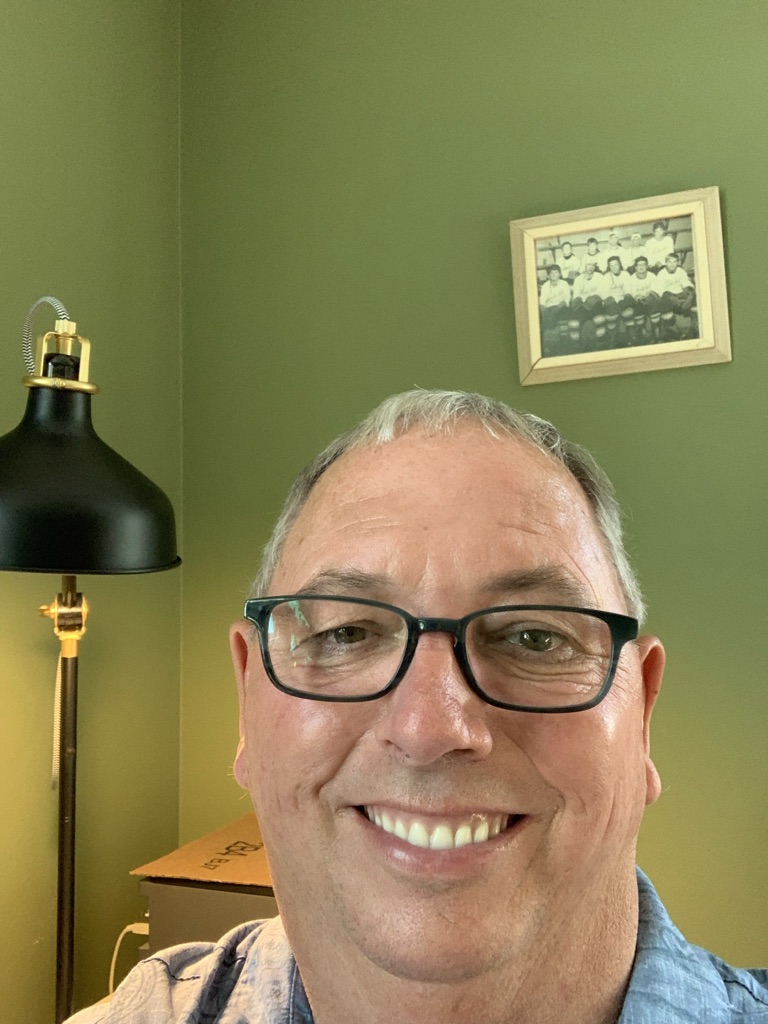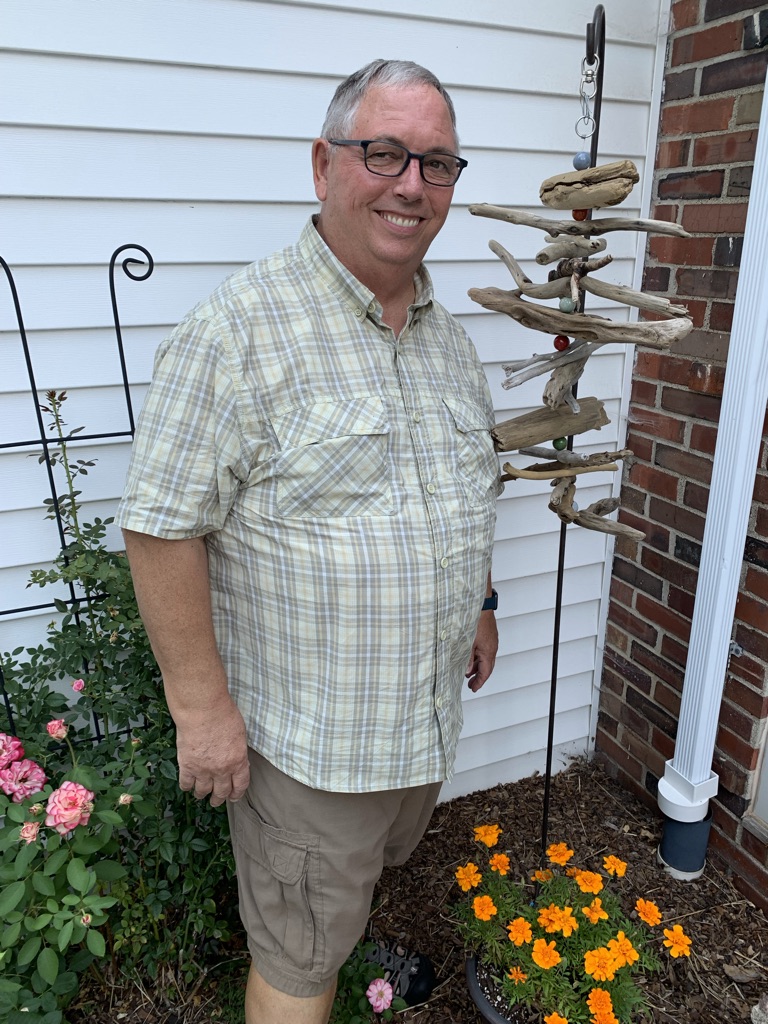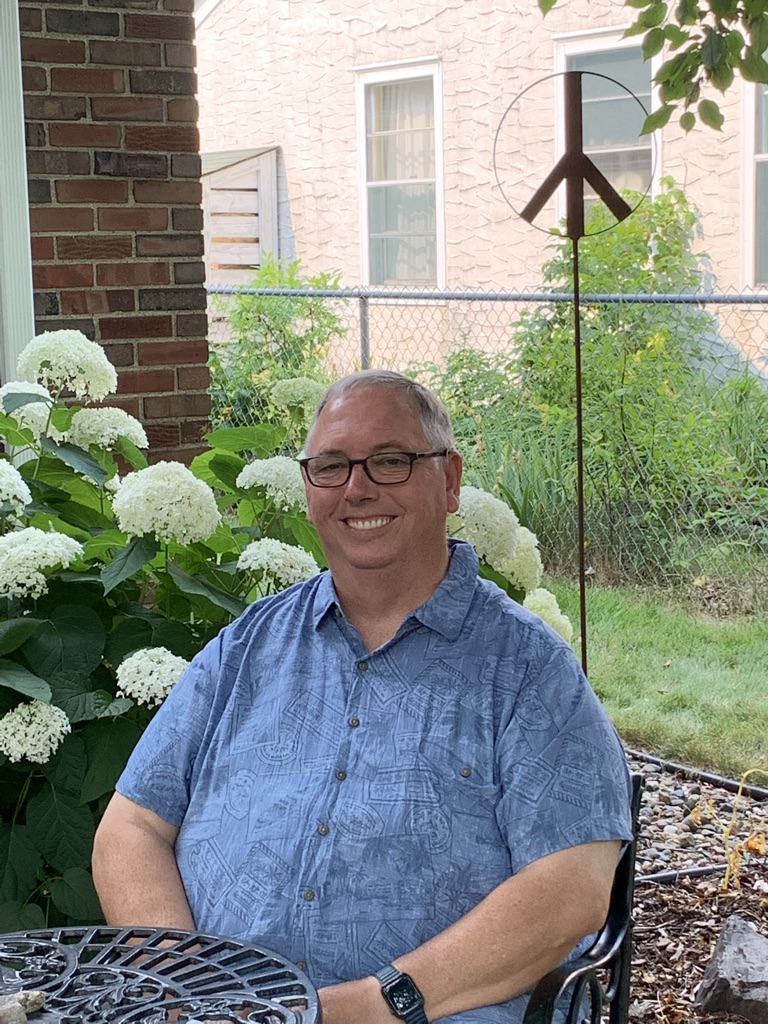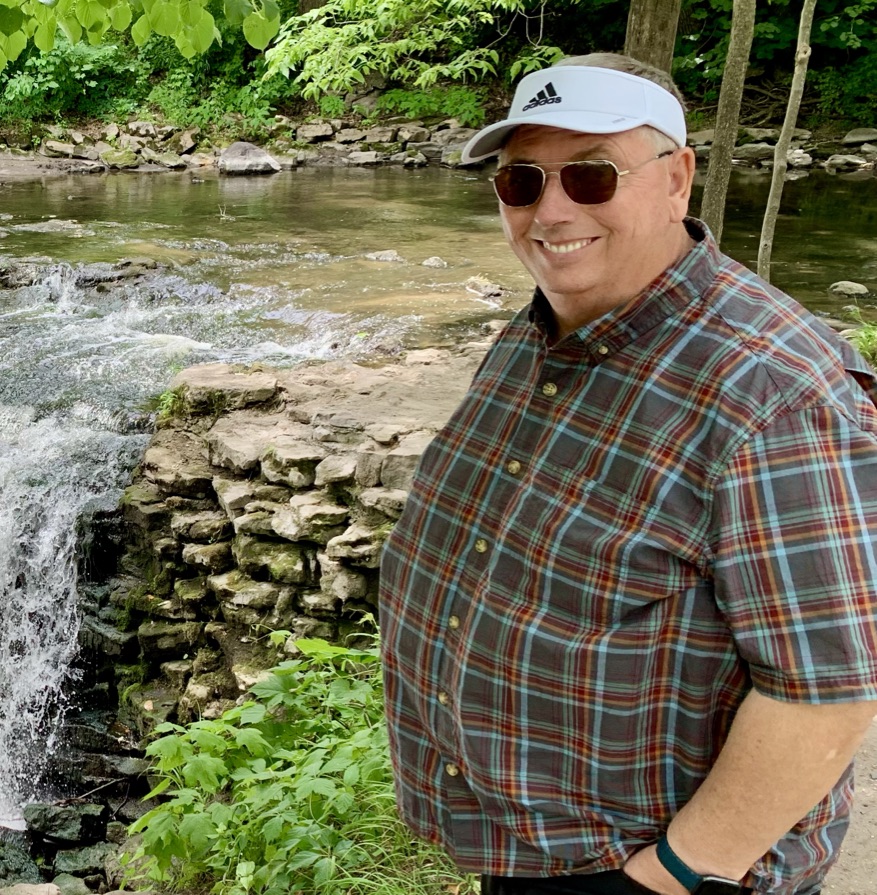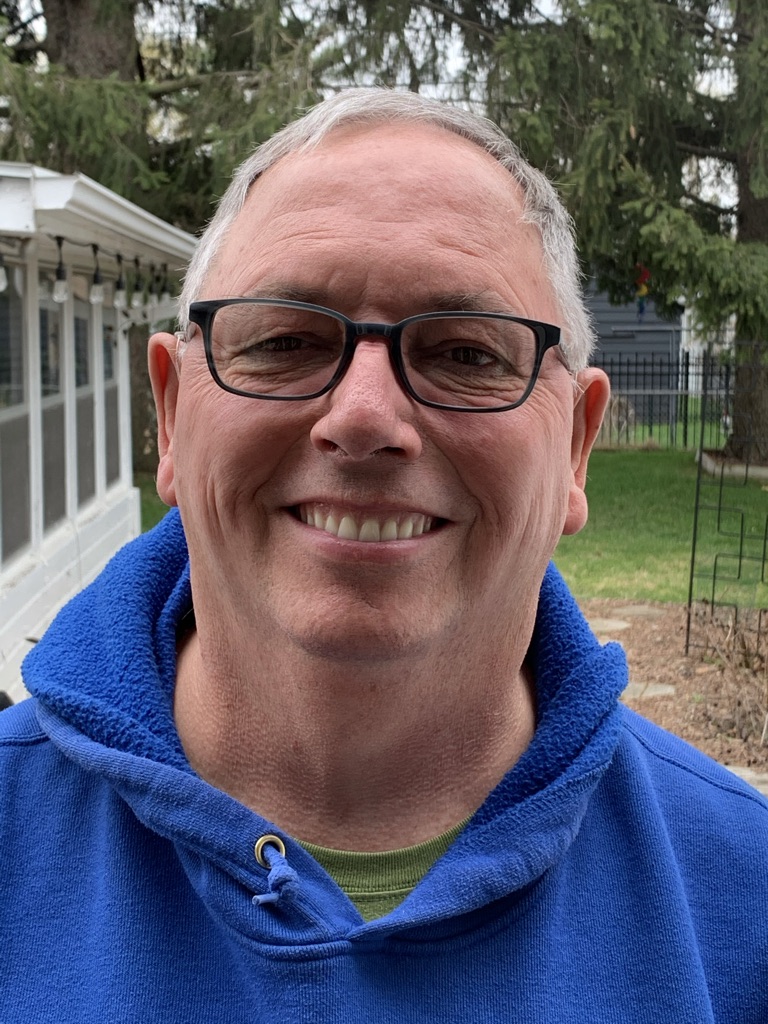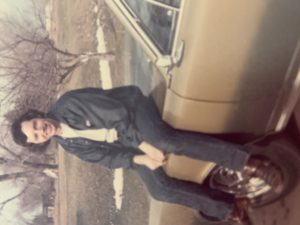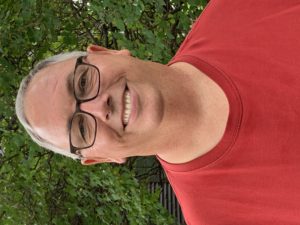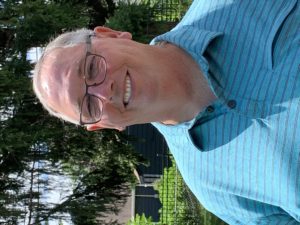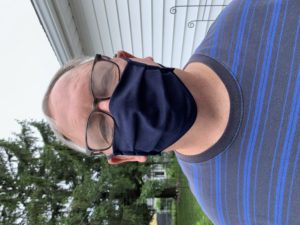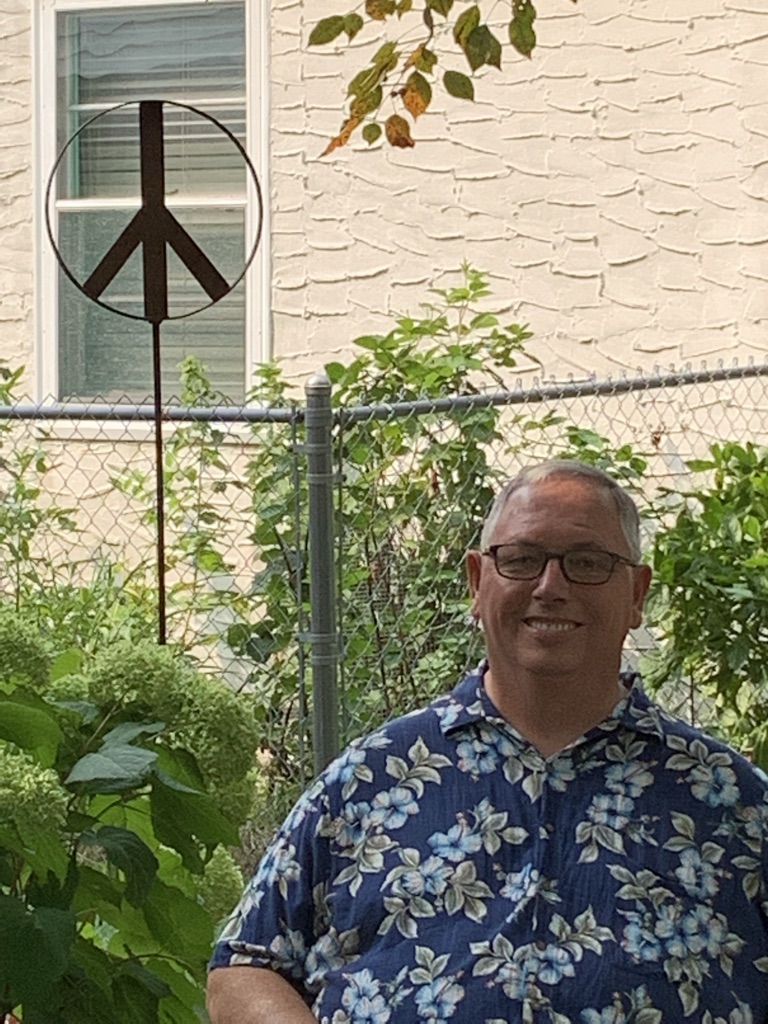
These stories are from my teen years. I’m sixty-nine years old, thus, these stories happened fifty to fifty-three years ago. They are true to the best of my memory. The only question is, how good my memory is.
I was nineteen years old, it had been a long summer working more than full time as a cook at Cicero’s Pizza during the summer of 1971. It was about nine-oclock on a Saturday night. The work schedule was posted for the next week and me and another cook, Ron, were not scheduled to work again until Tuesday afternoon. What will we do with all the time, turned into let’s do a road trip. turned into let’s go to Colorado to buy Coors beer for anyone who wants some.
We took paid up front orders from waitresses, bartenders, the manager and a couple customers. Called home at ten to say I’d be back by Tuesday. Stopped home for a change of clothes and left for Colorado at about one A.M Sunday morning.
Drove all night, arrived in Colorado Sunday mid-morning only to discover you could not buy beer in Colorado on a Sunday. Ron knew a couple friends of his older sister who set up Country Kitchen restaurants and were in Colorado Springs. We drove to Colorado Springs, found the Country Kitchen, met the girls who were actually young adults and not at all interested in kids like us. However, they took us to some kind of fair and later let us use one of their hotel rooms.
Monday morning we got up, thanked them and headed to a local liquor store. Asked for something like twenty-two cases of Coors, they didn’t even blink. We paid and they helped us load them into the car. Yep, the legal age to buy was twenty-one and I am pretty sure they knew we were not twenty-one but I am positive they did not care. We got back home very late Monday night / early Tuesday morning. Brought the beer into work with us on Tuesday afternoon. The Smokey and the Bandit movie was made several years after this trip.
I had friends that did drugs in high school. I didn’t do drugs. Linda and I went on a double date to the Shrine Circus with a friend named John and a girl who’s name I can’t remember. John did some LSD before going to the Circus. He really enjoyed the bright colors and the music and the fancy costumes. He told us during the entire duration of the Circus in a very loud voice how much he enjoyed the experience with phrases like, “wow, man look at the colors floating in the air man, it’s just far out man, this is the greatest man.” You get the idea. Linda and I enjoyed watching him really enjoy the circus.
This is the true story of how Linda and I met. I was a senior in high school and wanted to go on a date that weekend. I went into my Speech class, sat down and asked the cute girl, whom I had never met, sitting directly across the aisle, if she wanted to go to a hockey game a couple days later. She said yes. That day, a couple minutes after I asked her, I had to give a speech on, as I recall, how to do something. My speech was on how to break into a car. Although I have broken into many dozen cars please know I never stole anything from any car I broke into.
The story of how I learned to break into cars. My brother was three years older than I was. I went to Donnybrook raceway for a weekend of watching races with him and a couple of his friends. There was a bar on a lake just north of Brainerd. I can’t remember the name of it but it had a very large parking lot with hundreds of cars in it and a very loud band and I was under age and a friend of my brother was a recovered alcoholic and thought it best he not go into the bar. So we sat on the hood of the car in the parking lot chatting.
Several minutes into the conversation he says to me he says, “Do you want to learn how to break into cars?”. And I said, “Sure, but I don’t want to steal anything?” Or something like that. The next thing I know he goes to the car next to our car and breaks off a windshield wiper. Takes off the wiper blade leaving a relatively thin strip of metal about sixteen inches long with a notch on one end.
He then inserts the thin strip of metal along the driver’s side window about four or five inches in front of the lock. He twists the metal strip just a bit and slowly lifts up. As he does the notch grabs the wire in the door that is connected to the door lock and unlocks the door. He shows me this on about four or five cars. I then take my turn. I’m clumsy at first but after some encouragement and instruction I get the hang of it. We probably unlocked about thirty or more cars until he was satisfied with my abilities.
About a year later I worked at a superette/gas station which used to be in the north parking lot of Har Mar Mall. A lady locks her keys in her Cadillac and asks if I can help. I grab a wire coat hanger, stick it in along the window, lift the wire and the lock unlocks. It took me less than twenty seconds to unlock her car. She wanted to call the police, but the manager told her to thank me instead.
FYI. I don’t know if Linda was a hockey fan then however we’ve been to and enjoyed hundreds of hockey games together over the years.
The closer you look the more you see.
